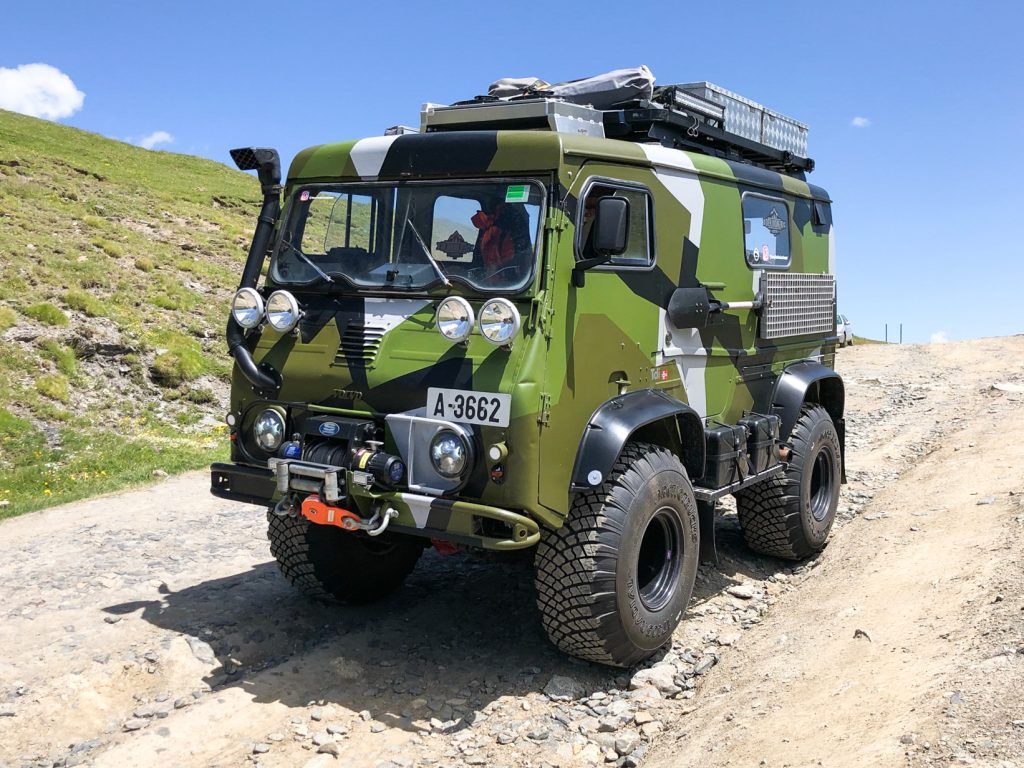
What is it about a vintage, steel-framed, mud-splattered vehicle that captures the human imagination so vividly? Is it the promise of adventure, the allure of the unknown, or perhaps the simple, rugged charm that modern vehicles seem to lack?
In the world of overlanding—a term as rugged as the landscapes it conjures—few vehicles hold a candle to the enduring legend of the Volvo Valp. Known officially as the Volvo L3314, this Swedish marvel is more affectionately dubbed “Valp,” a term that translates to “Puppy” in Swedish. But make no mistake, despite its playful nickname, the Valp is a wolf in the wild, bred with the heart of an explorer and the soul of a steadfast companion.
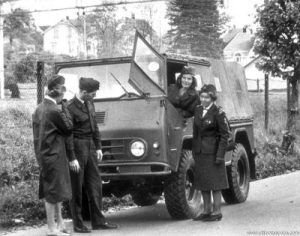 Born from the masterful designs of Volvo, a brand that has become synonymous with safety and durability, the Valp was initially conceived to serve military needs. Yet, like a true adventurer, it refused to be pigeonholed. From the barracks to the most remote backcountry trails, the Valp quickly found a second life as an overlander, becoming the vehicle of choice for those daring enough to venture where roads fear to tread.
Born from the masterful designs of Volvo, a brand that has become synonymous with safety and durability, the Valp was initially conceived to serve military needs. Yet, like a true adventurer, it refused to be pigeonholed. From the barracks to the most remote backcountry trails, the Valp quickly found a second life as an overlander, becoming the vehicle of choice for those daring enough to venture where roads fear to tread.
But what is it about this particular machine that has solidified its status as an icon, not only in the overlanding community but in the heart of anyone who has ever yearned for the horizon?
In this journey through time and terrain, we’ll delve into the history of this remarkable vehicle, exploring the genius of Nils Magnus Hartelius and the vision that brought the Valp to life. We will traverse the engineering marvels beneath its hood, recount tales of epic adventures it has fueled, and reflect on the indelible tracks it has left on the world of overlanding.
Join us, as we embark on this expedition into the story of the Volvo Valp, a vehicle that is far more than just nuts and bolts—it’s the embodiment of the spirit of adventure itself, a spirit that legendary explorer and writer Tom Sheppard knows all too well. For as Sheppard’s journeys have shown us, it’s not just about the destination; it’s about the stories we collect along the way, and the faithful, four-wheeled friend that takes us there.
Section 1: The Birth of a Puppy
Have you ever wondered why some of the best adventure companions are dubbed with the most affectionate of names?
In the late 1950s, as the world was teetering on the edge of immense change, a vision was taking shape in the halls of Volvo. Under the guidance of Nils Magnus Hartelius, an engineering maestro, the company sought to create a vehicle that was as steadfast as it was versatile. The objective was clear: design a machine for the Swedish Army, one that could navigate the unforgiving Nordic wilderness with the agility of a mountain goat.
Enter the Volvo L3314, or as it’s more warmly known, the “Valp”—the Puppy. But why such a tender name for a machine built for the rigors of military life?
Is it perhaps a nod to the Valp’s unwavering loyalty, its readiness to follow its master wherever the journey may lead?
From its conception, the Valp was destined for more than just military drills and border patrols. Hartelius envisioned a vehicle as comfortable in the heart of battle as it was traversing rocky highlands or sandy dunes. It was a vehicle designed to serve and to protect, but above all, to endure.
The Valp’s ‘birth’ was no small feat. It demanded ingenuity and a willingness to defy convention. Unlike many off-road vehicles of its time, it featured a unit body construction—an unusual choice, but one that would prove to be revolutionary.
What drove Hartelius and his team to break the mold, to challenge the norms of automotive design in pursuit of something greater?
As we journey through the Valp’s early years, we’ll discover a vehicle that was not only ahead of its time but one that was shaped with a profound understanding of the needs of its future companions—soldiers and adventurers alike.
Here, in the birth of this Puppy, we find not just the emergence of a new kind of vehicle, but the genesis of a new kind of adventure, one that the Valp would soon come to define.
Section 2: Engineering for the Unknown
How does a machine transform from mere metal and mechanics into a legend that thrives where roads end and the wild begins?
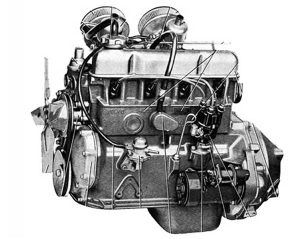 Picture the Valp’s heart: the Volvo B18 engine. A 1.8-liter, inline 4-cylinder powerhouse. On paper, its specs—65 to 85 horsepower, depending on the variant—might seem modest. But numbers rarely tell the full story.
Picture the Valp’s heart: the Volvo B18 engine. A 1.8-liter, inline 4-cylinder powerhouse. On paper, its specs—65 to 85 horsepower, depending on the variant—might seem modest. But numbers rarely tell the full story.
Can the thrill of conquering a steep, rocky hill with ease be captured in horsepower alone? Can the satisfaction of navigating through a muddy trail without faltering be measured in torque?
The Valp is more than its engine. It’s the symphony of its parts working in unison, each note carefully orchestrated by Volvo’s engineers. One of the maestro’s strokes was the Valp’s four-speed manual transmission, complete with a creeper first gear—a godsend when navigating treacherous terrains.
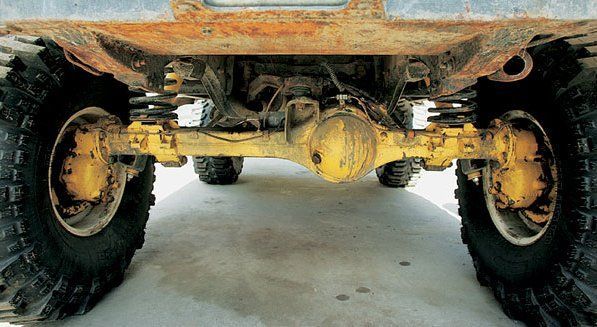
But the true genius lies in the Valp’s drive system: a part-time four-wheel-drive marvel with locking differentials on both front and rear axles, and it’s amazing Portal Axles giving it remarkable ground clearance.
It’s here that the Valp earns its stripes as a bona fide off-road legend.
Let’s not forget the Valp’s sibling, the six-wheeled L3315—a different beast altogether, but cut from the same adventurous cloth. With an additional set of wheels and a design geared for more demanding escapades, it’s a testament to Volvo’s commitment to pushing the boundaries of what a vehicle can be.
What inspired Volvo to take the leap from four to six wheels, to venture further into the engineering unknown?
In this section, we’ll journey into the heart of the Valp’s engineering, unearthing the stories behind its iconic features—from its portal axles that elevate it above the ordinary, to the locking differentials that grip the earth like a mountaineer’s boots.
We’re not just exploring a vehicle; we’re uncovering a philosophy—a belief that adventure is the soul’s true north, and a vehicle like the Valp is the compass guiding us there.
Have you ever witnessed the grace of a vehicle that moves with the dexterity of a seasoned explorer, regardless of the terrain under its wheels?
Section 3: A Canvas for Adventure
What happens when a vehicle, engineered for survival and service, becomes the trusted partner in a person’s most daring adventures?
 Imagine a Valp coated in the red dust of the Australian Outback, its tires imprinted on the sands of the Sahara, or its frame chilled by the Arctic winds of northern Scandinavia. This is where the Valp transitions from a machine of war to a canvas for adventure.
Imagine a Valp coated in the red dust of the Australian Outback, its tires imprinted on the sands of the Sahara, or its frame chilled by the Arctic winds of northern Scandinavia. This is where the Valp transitions from a machine of war to a canvas for adventure.
Have you ever gazed upon a vehicle and seen not just metal and rubber, but a gallery of the places it has been and the stories it has lived?
Can you feel the thrill of waking up in the heart of nature, your trusted Valp standing guard like a loyal old friend?
The Valp is not just a vehicle; it’s a platform for personalization. From the amateur radio operator who converted the back of his Valp into a mobile communication hub, to the solo traveler who transformed her Valp into a compact, off-grid home—each owner paints their own portrait of adventure onto the Valp’s rugged canvas.
What would your Valp look like? What uncharted territories would it take you to, and what tales would it help you write?
We’ll delve into the lives of those who have taken the Valp beyond the ordinary, into the realm of extraordinary. These are not just stories of a car and its driver; these are epics of a lifelong companion that asks for nothing but the chance to explore, to venture, to be.
In this section, we’re not merely recounting tales; we’re inviting you to become a part of this grand narrative, one where the Valp is as much a character as the adventurers it accompanies.
Section 4: The Valp in Today’s World
In an age where vehicles are brimming with digital interfaces and autonomous capabilities, what draws us back to the mechanical purity of the Volvo Valp?
As decades have rolled on since the Valp’s creation, the world of automotive design has evolved in leaps and bounds. Yet, in quiet garages and bustling car shows across the globe, the Valp stands as a proud relic of a different era—an era that valued the relationship between driver and machine, between journey and journeyer.
Why, in our modern age, does the sight of a Valp—vintage, unassuming, and battle-worn—still quicken the heart of the seasoned traveler?
It’s in the community of Valp enthusiasts where this legacy thrives. Picture a Valp owners’ meet in rural Sweden: a diverse gathering of individuals, bound by their love for a vehicle that represents more than just transportation. It’s a statement, a way of life, a commitment to a kind of adventure that refuses to fade into history.
Have you ever felt the camaraderie that blooms when kindred spirits—each with their own Valp, each with their own tales—come together to celebrate a shared passion?
Today’s Valp is a chameleon. For some, it’s a meticulously restored collector’s item, a showpiece that tells a story of history and craftsmanship. For others, it’s a rugged workhorse, continuing to brave the world’s most challenging terrains just as it was designed to do over half a century ago.
How does a machine conceived in the 1950s continue to inspire such devotion, becoming not just a vehicle but a lifelong companion to those lucky enough to steer it?
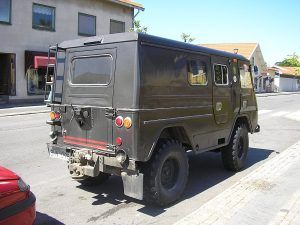
We are not merely observing a trend; we are witnessing the living legacy of a legend, a phenomenon that continues to inspire, just as it inspired the likes of adventurers such as Tom Sheppard.
Section 5: Lessons from the Valp
In a world that relentlessly pursues the new and the novel, what timeless truths can a vintage off-roader like the Volvo Valp teach us?
The Valp, in its enduring simplicity, is a masterclass in design with purpose. Every bolt, every weld, every gear was placed with intention. In a modern landscape cluttered with disposable commodities, the Valp stands as a tribute to the value of craftsmanship and durability.
Have we lost something essential in our quest for convenience and speed, something that the Valp, in its steadfast design, urges us to remember?
But the Valp’s lessons extend beyond its steel frame and into the soul of the adventurer. It reminds us that true exploration is not about escaping but engaging; not about fleeing our world but forging deeper into it.
What does it mean to explore, not as a tourist, but as a traveler whose vehicle is more than a mode of transport, but a partner in the journey?
The Valp challenges us to embrace discomfort, to forsake the easy path, and to savor the raw, unfiltered experiences that come when we venture beyond our comfort zones. It’s not just about reaching a destination; it’s about absorbing the story that unfolds along the way.
In an age where the world is at our fingertips, could the Valp be the key to a deeper, more meaningful interaction with the world around us?
It teaches us that adventure is not a chapter in one’s life, but a thread that weaves through our entire existence. It’s a mindset, a way of engaging with the world that is active, curious, and boundless.
How might our lives be richer, fuller, if we approached our days with the heart of an explorer, as the Valp seems to invite us to do?
Conclusion: The Enduring Legacy of the Volvo Valp
How does a machine, born from wartime necessity, transcend its utilitarian roots to inspire a legacy of exploration and adventure that spans generations?
As we journey back through the Valp’s storied past—from its inception in the meticulous minds at Volvo, to its service in the harshest of terrains, and its rebirth in the hands of adventurers—we are left with more than a chronicle of steel and engine oil.
What is it about the Volvo Valp that has allowed it to endure, not as a relic, but as a living, breathing emblem of adventure?
It is, perhaps, the Valp’s unwavering authenticity that speaks to us. In a world that often favors facade over substance, the Valp stands as a testament to what is real and raw. It doesn’t just transport us to new landscapes; it transforms us, urging us to become explorers in a world ripe for discovery.
How might we, like the Valp, navigate our own journeys with such grace and grit, turning obstacles into opportunities for growth and learning?
The Valp teaches us that adventure is not an activity but a way of being. It’s an invitation to engage deeply with the world, to embrace its messiness and unpredictability, and to forge our path with intention and resilience.
In our fast-paced, digital world, could the Valp’s legacy be a gentle yet firm reminder that some of life’s most profound experiences are found when we slow down, venture out, and dare to explore?
As we close this expedition into the world of the Volvo Valp, we are reminded that, much like the legendary explorers it has carried on its back, this remarkable vehicle is not defined by its specifications alone. It is defined by the spirit it embodies—a spirit of curiosity, of daring, and of boundless exploration.
As the sun sets on our journey through the Valp’s history, we are left with a question: Where will your own spirit of adventure lead you next?

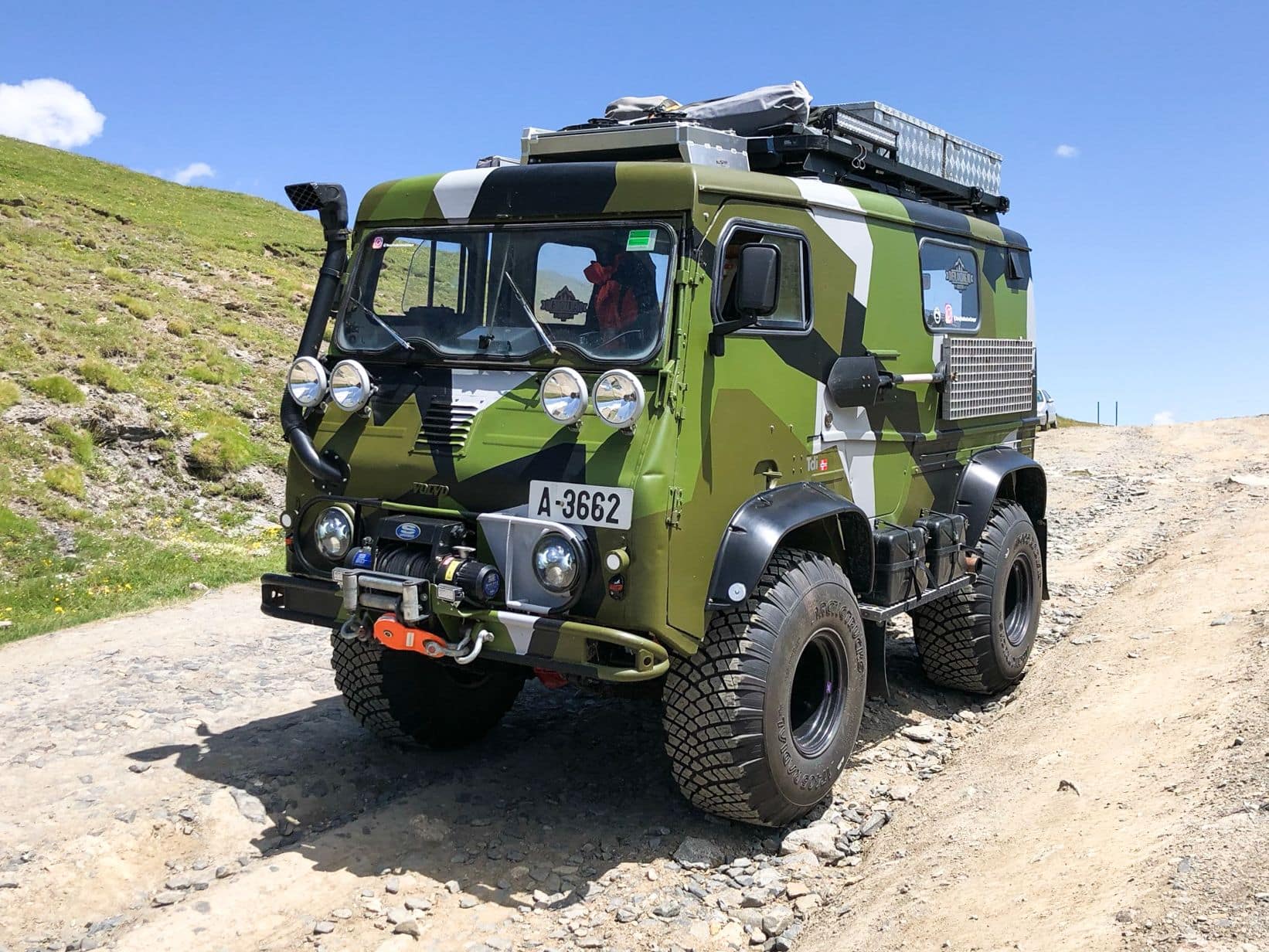




Leave a Reply